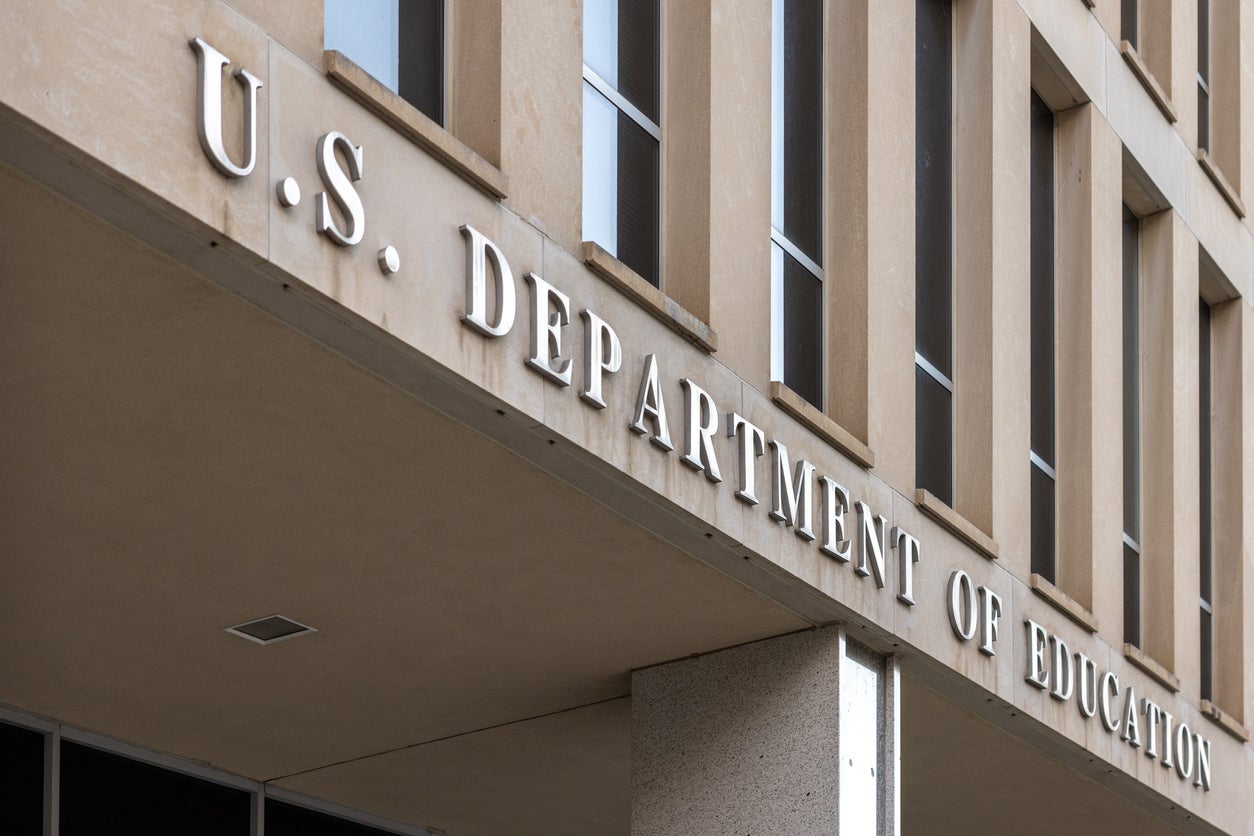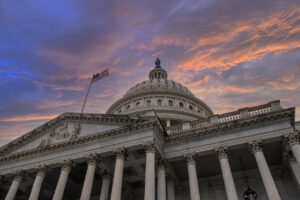The Biden Administration launched the Saving on a Valuable Education (SAVE) repayment plan in 2023. As a new income-driven repayment plan, SAVE based payments on borrowers’ discretionary incomes, but it had distinct advantages over the other plans, giving many borrowers more affordable monthly payments and a quicker path to loan forgiveness.
However, the SAVE plan faced legal challenges. Although millions of borrowers enrolled in SAVE, federal courts blocked the SAVE plan from going into effect, so those borrowers’ loans have been in forbearance.
Now, President Trump’s administration announced that the 7.7 million people enrolled in SAVE will experience even more changes — and need to take action soon. Here’s what you need to know.
What’s Happening to SAVE?
SAVE was appealing to borrowers: borrowers’ payments were capped at just 5% of their discretionary income, thousands of borrowers qualified for $0 monthly payments, and the repayment plan also included an interest subsidy that prevented balances from growing due to unpaid interest. And, low-balance borrowers could qualify for loan forgiveness in as little as 10 years.
However, the SAVE plan was controversial, and faced lawsuits from Republican opponents who alleged that the Biden administration has overstepped its authority in launching the plan.
Borrowers enrolled in SAVE have been in forbearance for months — without accruing interest — while the legal challenges and issues were worked through. But, according to a press release from the Trump administration, the interest-free pause is coming to an end.
The forbearance period for SAVE borrowers ends on August 1. Starting on that date, interest will start accruing on their loan balances. While SAVE borrowers won’t have to make payments yet, the interest accrual means you have just a few weeks to take action.
What Borrowers Need to Do Now
Because interest will accrue starting on August 1 and SAVE will no longer be available, borrowers will need to enroll in a new repayment plan. The One Big Beautiful Bill eliminated many of borrowers’ options, ending income-contingent repayment (ICR), Pay As You Earn (PAYE), and Revised Pay As You Earn (REPAYE).
While existing borrowers can still apply for ICR and PAYE right now, the U.S. Department of Education is encouraging borrowers to enroll in IBR since ICR and PAYE will disappear next year; IBR is the only current income-driven repayment plan that will remain after July 1, 2026.
As a result, borrowers have just two options: standard repayment and income-based repayment (IBR).
With a standard repayment plan, you’ll have a repayment term of 10 years and fixed monthly payments. If you opt for IBR, and you initially took out your loans on or after July 1, 2014, your repayment term will be 20 years, and payments will be 10% of your discretionary income. On the plus side, if you enroll in IBR and begin repayment, any payments you make will count toward the required number for loan forgiveness programs like Public Service Loan Forgiveness (PSLF).
[Note: There is a new repayment plan — the Repayment Assistance Plan — but it won’t be available to borrowers until next year]
The U.S. Department of Educations aid it was reaching out to borrowers and encouraging them to take switch plans. You can apply for IBR online or by contacting your loan servicer.
SAVE Plan FAQS
I enrolled in SAVE and plan to pursue Public Service Loan Forgiveness; do I have to switch plans?
If you plan on pursuing PSLF, the U.S. Department of Education encourages you to enroll in IBR as soon as you can so your payments will start counting toward the necessary number for forgiveness.
Learn More: Student Loan Refinancing vs. Public Service Loan Forgiveness
If I’m on the SAVE plan and don’t switch plans, do I have to make payments starting August 1?
No, payments won’t be due in August if you don’t switch plans; your payments will remain paused. However, interest will build on your loans, and interest charges can cause your loan balance to balloon, making it more difficult to pay down your debt later.
Can I qualify for loan forgiveness under IBR?
Previously, borrowers who still had a balance at the end of their repayment terms under an income-driven repayment plan qualified for loan forgiveness of the remainder. Currently, borrowers enrolled in SAVE, PAYE, or ICR are not eligible for loan forgiveness. The Department of Education will still forgive eligible borrowers enrolled in IBR, but IBR forgiveness is paused right now as the department updates its systems.



